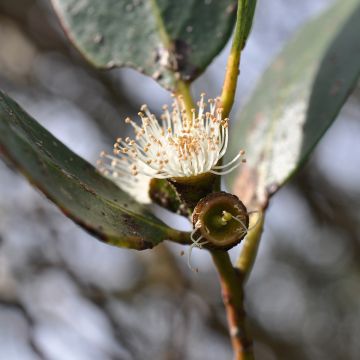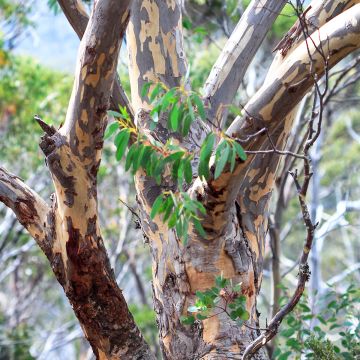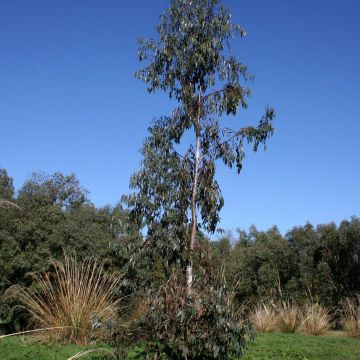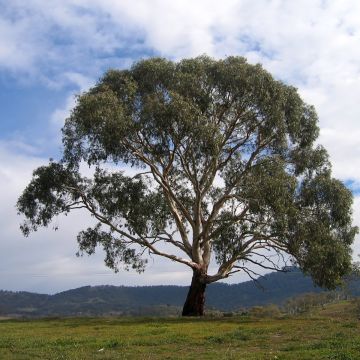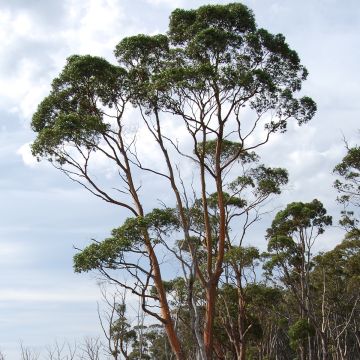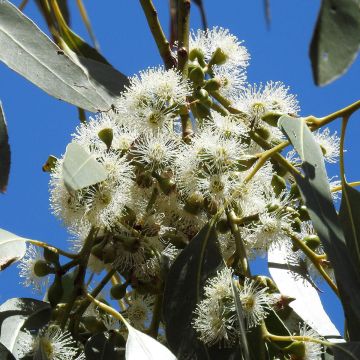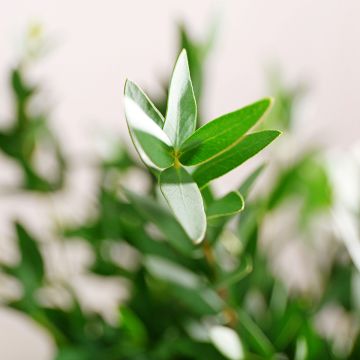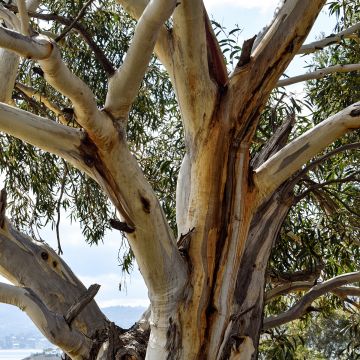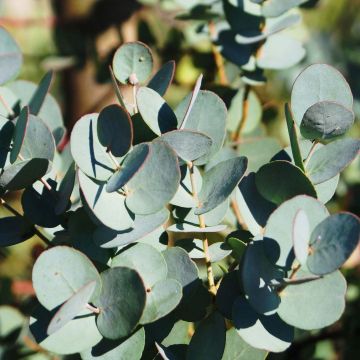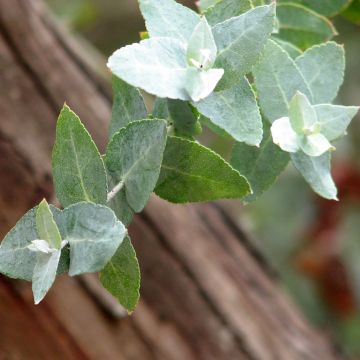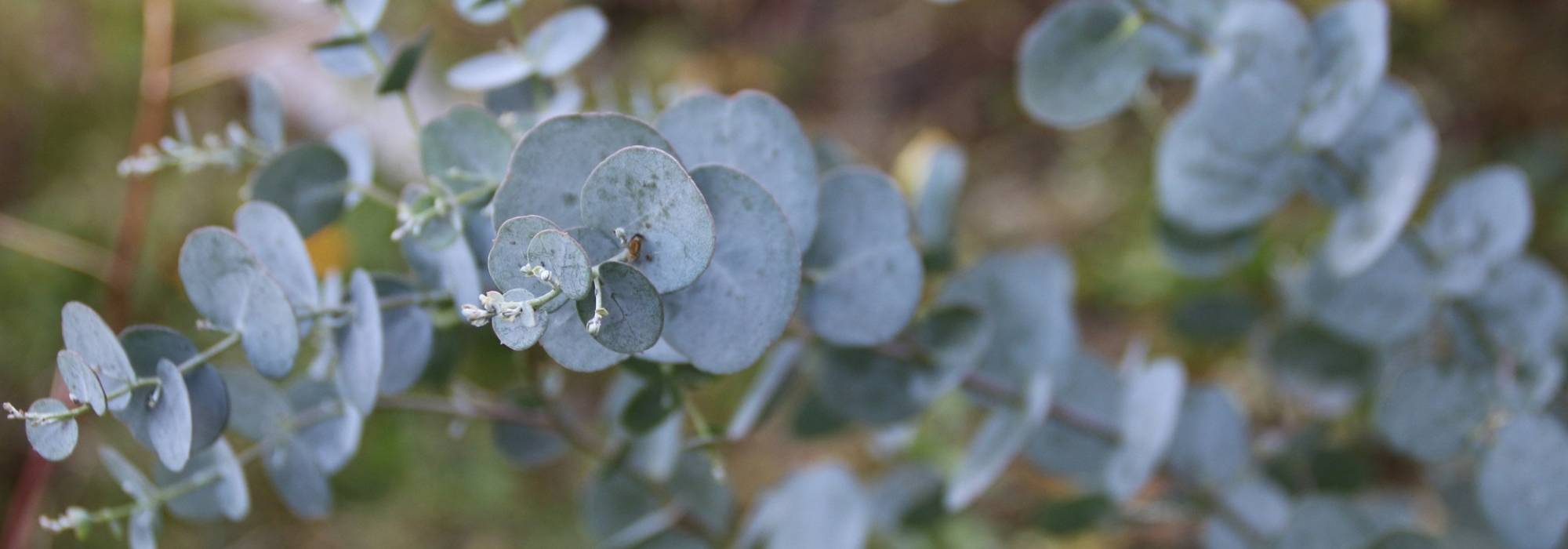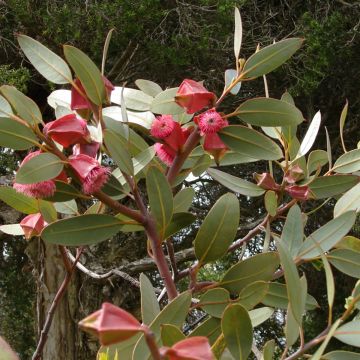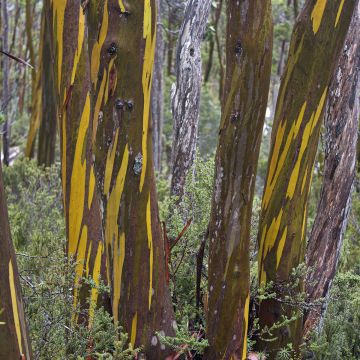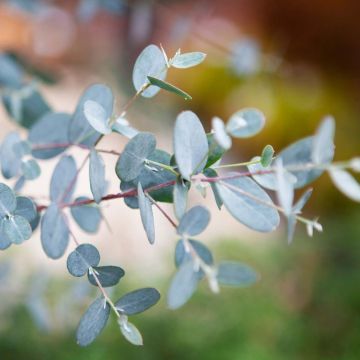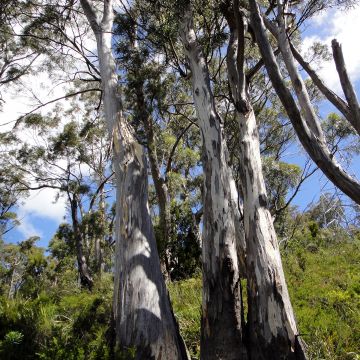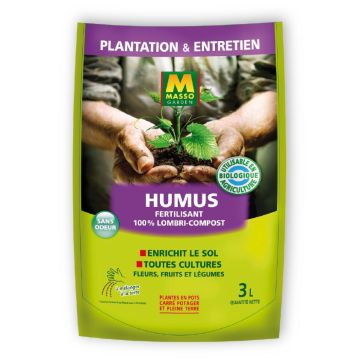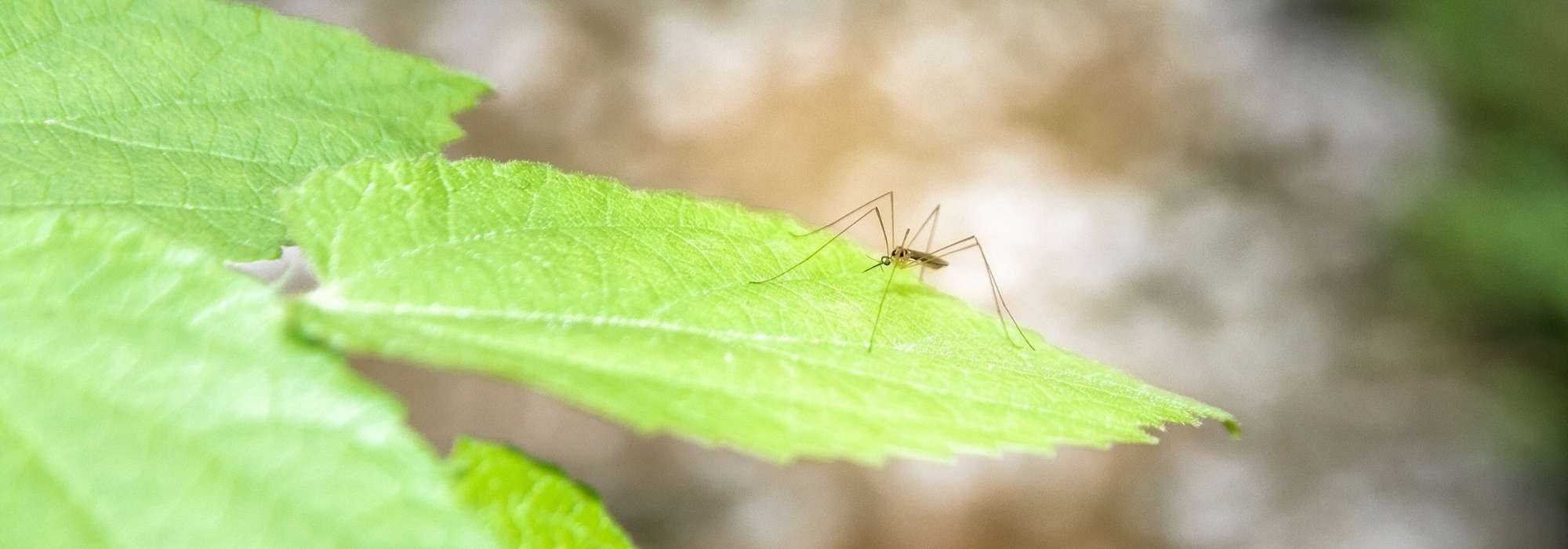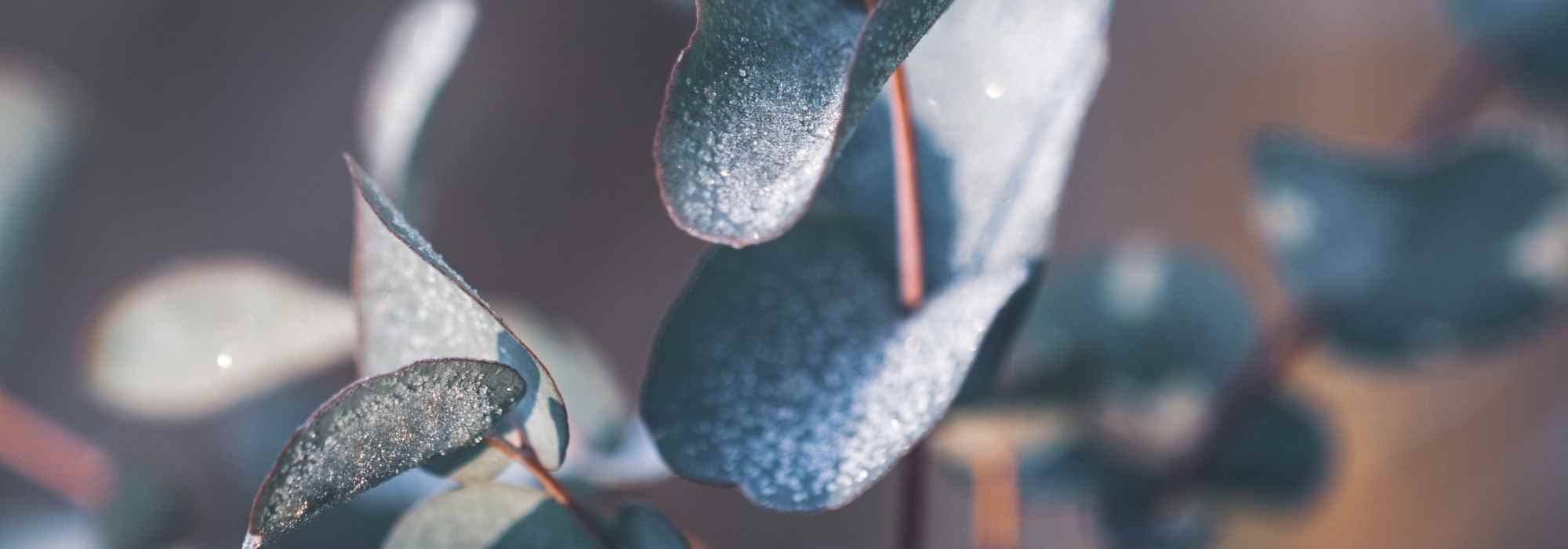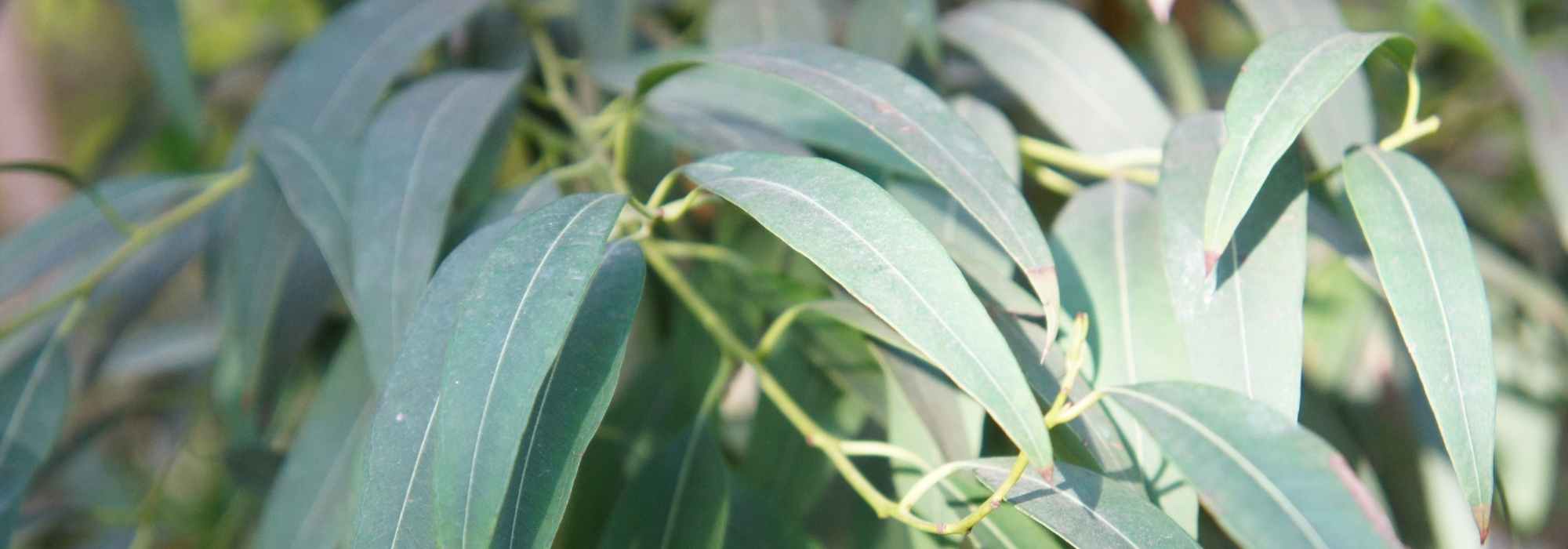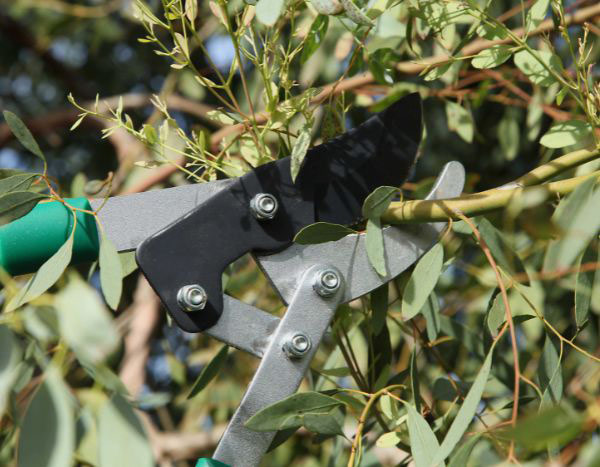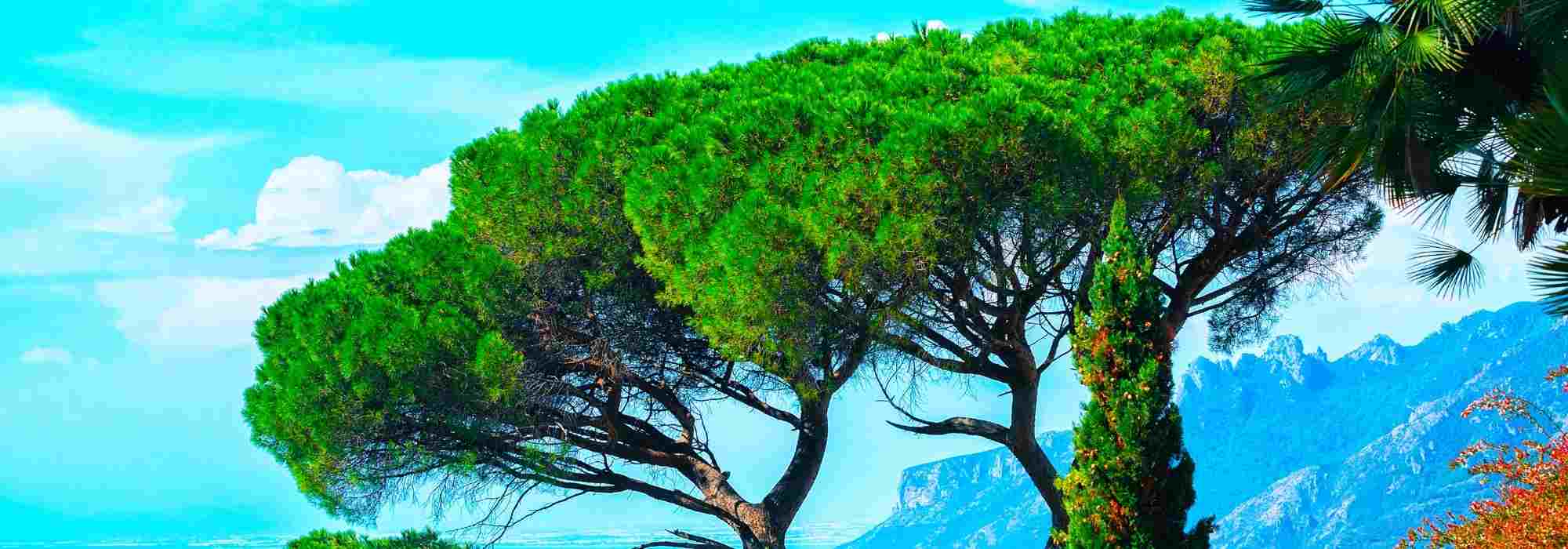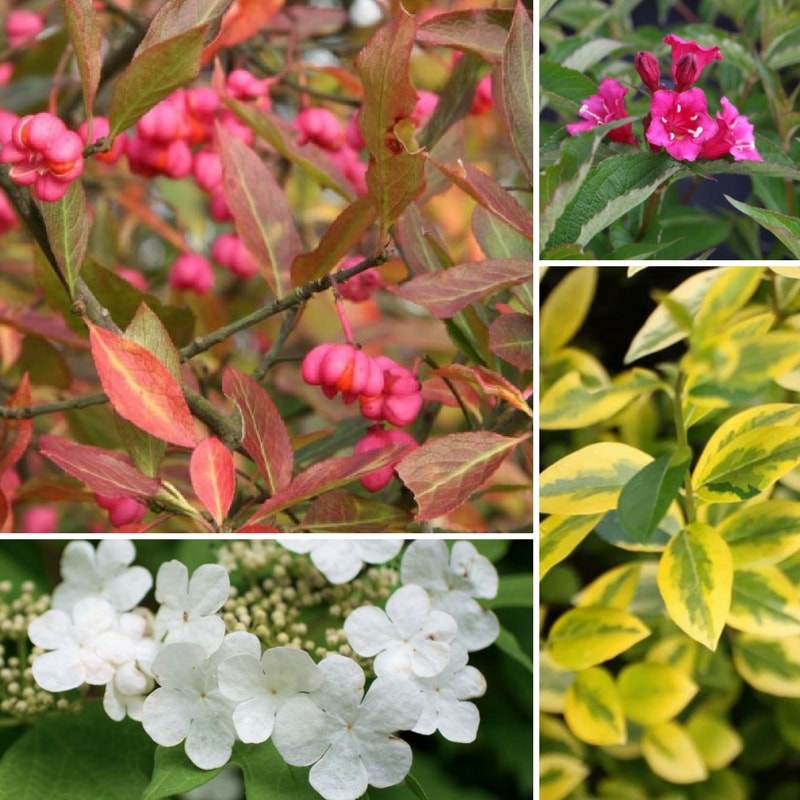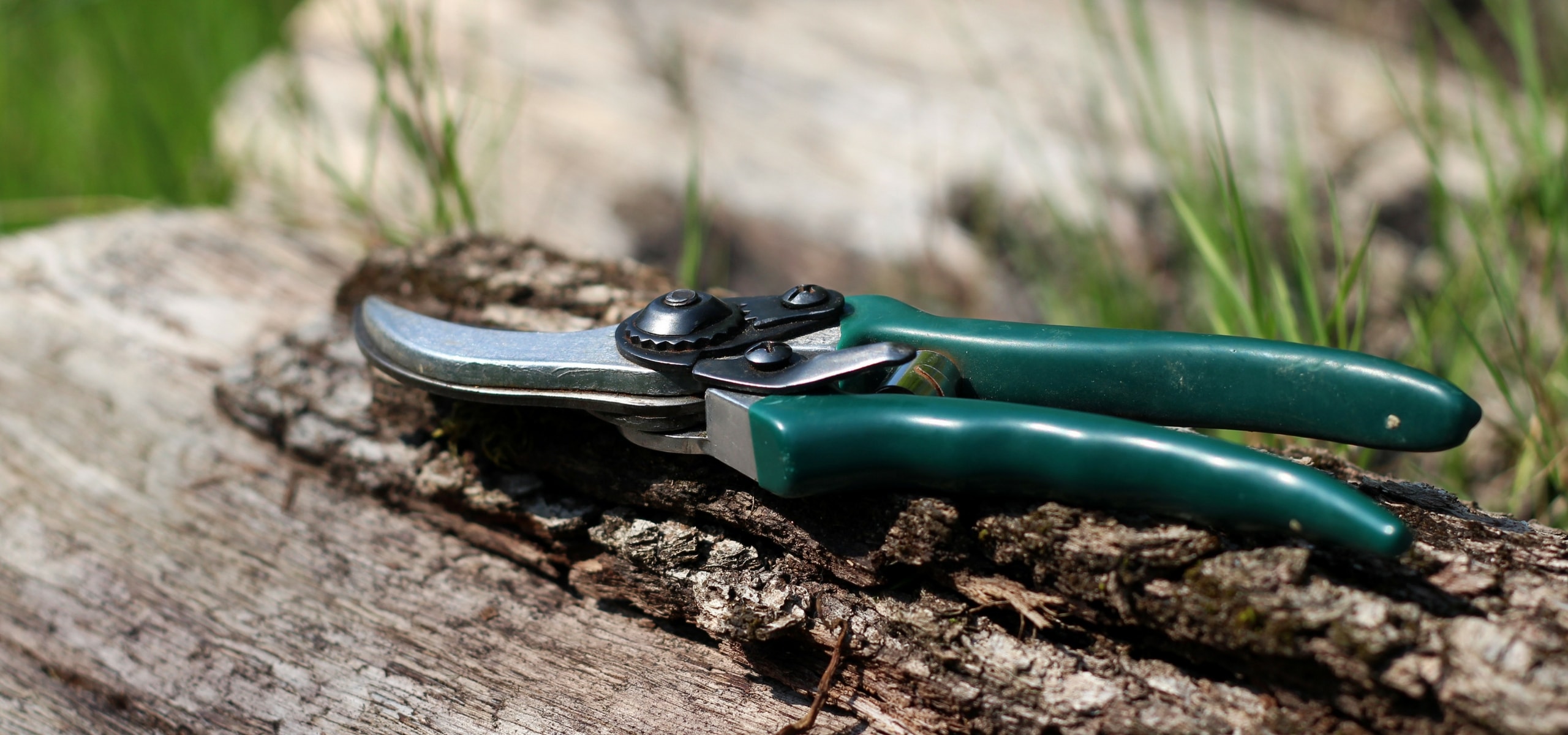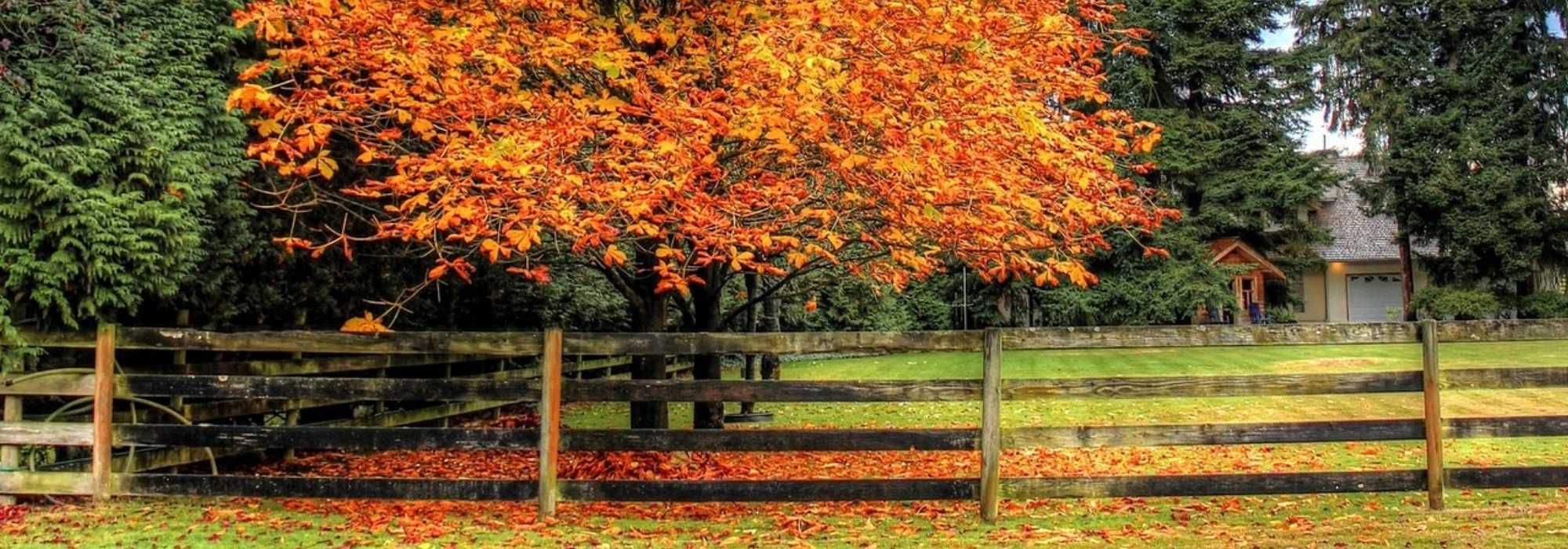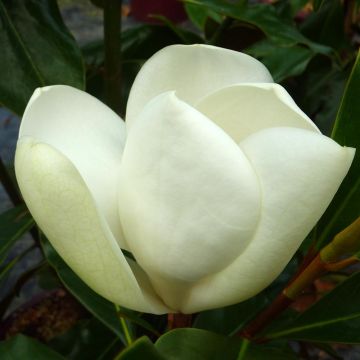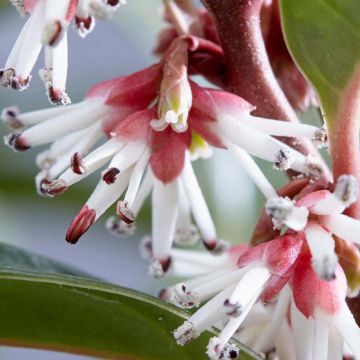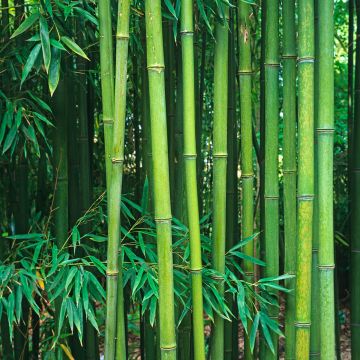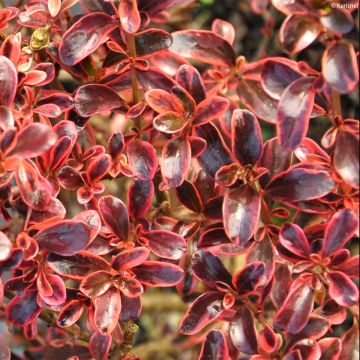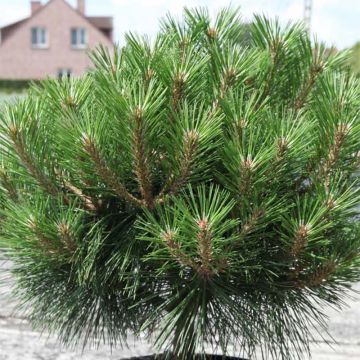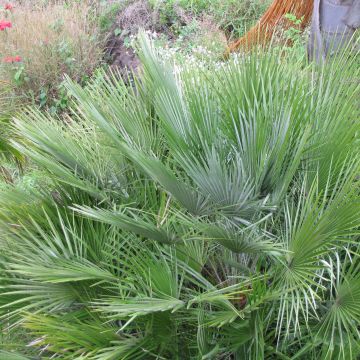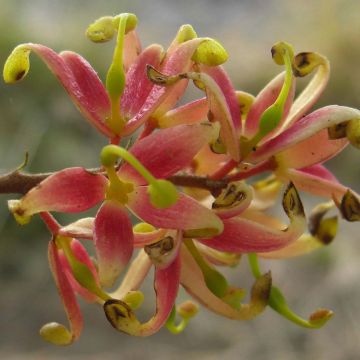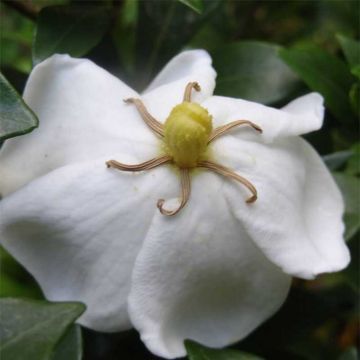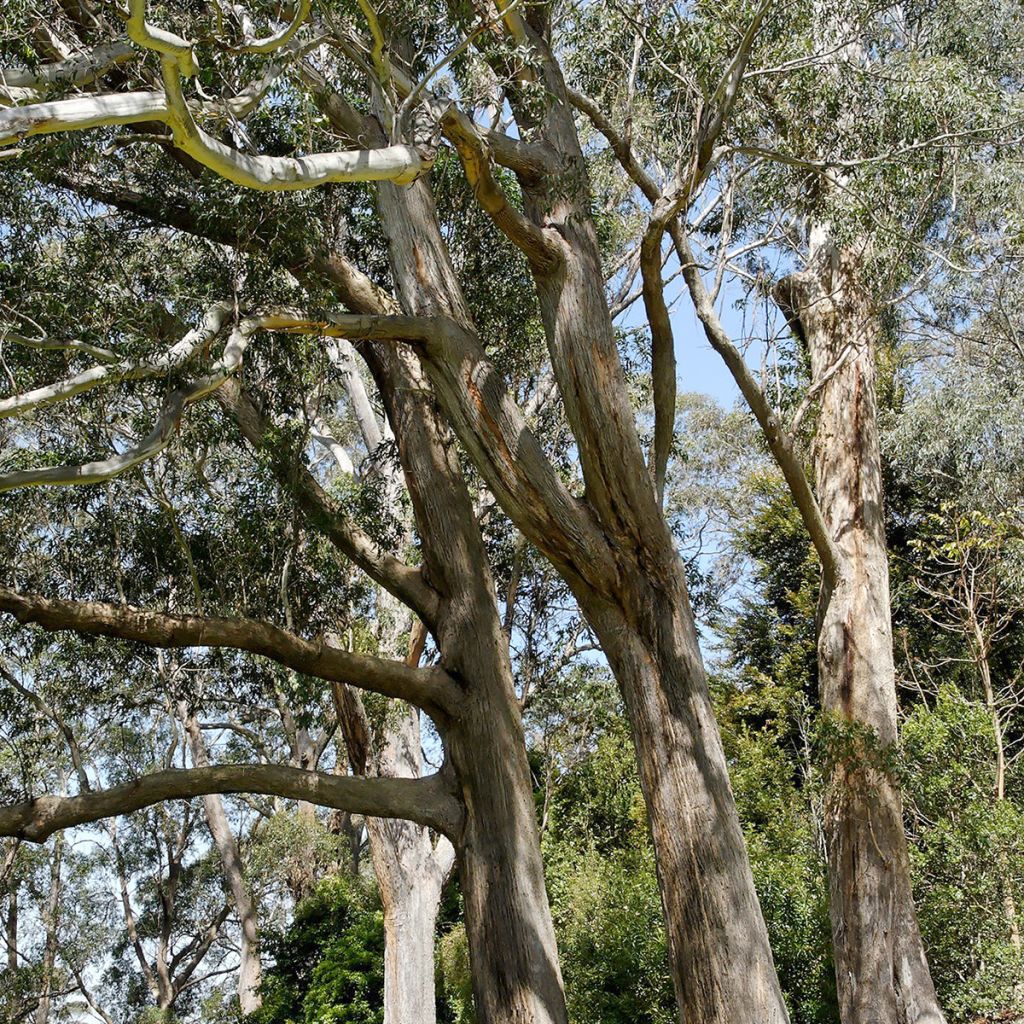

Eucalyptus fastigiata
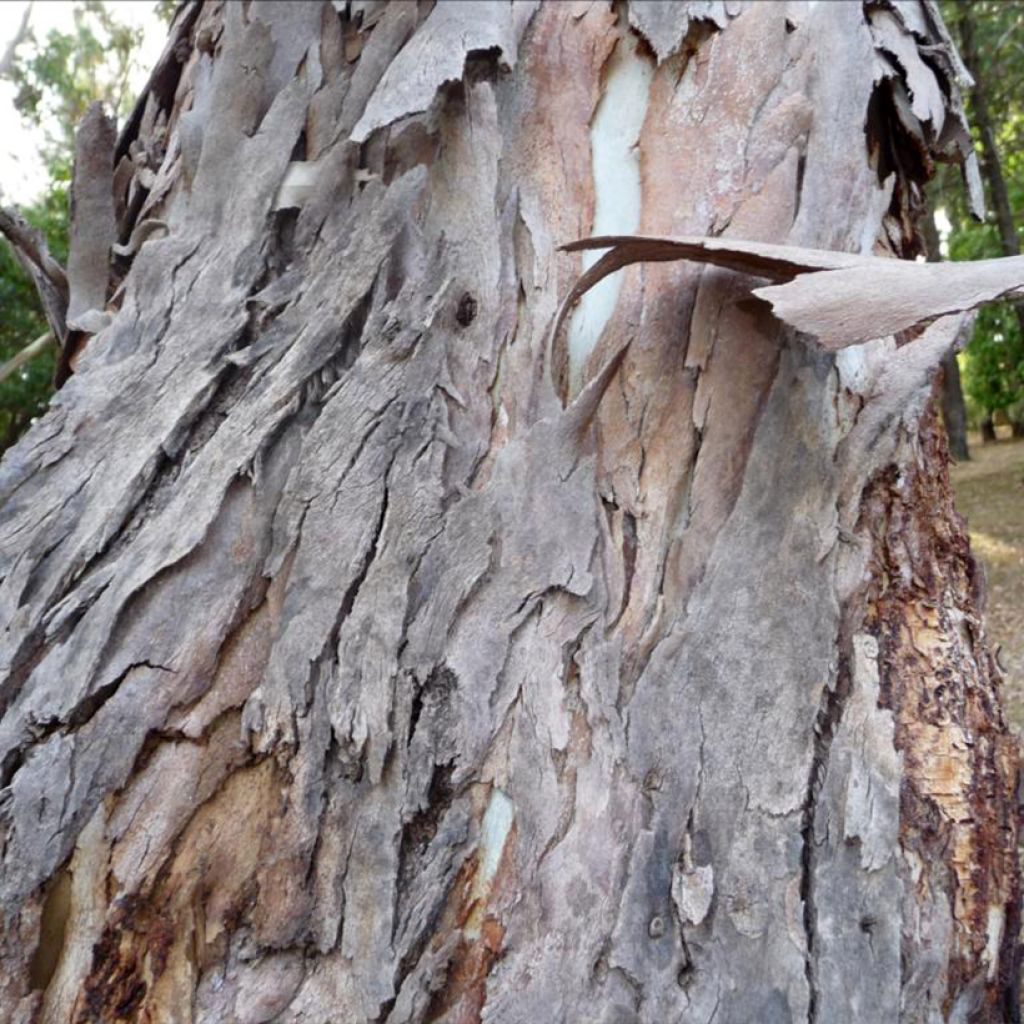

Eucalyptus fastigiata
Eucalyptus fastigiata
Eucalyptus fastigata
Brown Barrel
Special offer!
Receive a €20 voucher for any order over €90 (excluding delivery costs, credit notes, and plastic-free options)!
1- Add your favorite plants to your cart.
2- Once you have reached €90, confirm your order (you can even choose the delivery date!).
3- As soon as your order is shipped, you will receive an email containing your voucher code, valid for 3 months (90 days).
Your voucher is unique and can only be used once, for any order with a minimum value of €20, excluding delivery costs.
Can be combined with other current offers, non-divisible and non-refundable.
Why not try an alternative variety in stock?
View all →This plant carries a 24 months recovery warranty
More information
We guarantee the quality of our plants for a full growing cycle, and will replace at our expense any plant that fails to recover under normal climatic and planting conditions.
Does this plant fit my garden?
Set up your Plantfit profile →
Description
Eucalyptus fastigata is among those great trees that populate the vast mountainous forests of southeastern Australia. The most beautiful specimens can reach over 60 metres (196 feet 11 inches) in the Blue Mountains National Park, but in our climates its growth is somewhat more modest, hardly exceeding 30 m (98 ft 5 in) in height. Of incredible stature, it is distinguished by its very straight cylindrical trunk, covered with rough and fibrous brown bark, while the branches of the crown reveal smooth bark that peels off in long pendulous ribbons. Its cream-white summer flowering is quite inconspicuous in the midst of the leaf mass, but extremely fragrant, and attractive to bees. With a hardiness of -8 to -10°C (17.6 to 14 °F), it tolerates cold and snow. It thrives in a temperate climate, in moist and fertile, well-drained soil, not too dry in summer. Low maintenance and attractive all year round, this beautiful evergreen tree is best planted in a large garden or park, alone or in groups to form a grove.
Eucalyptus fastigata, synonym of E. regnans var. fastigata is an endemic species of southeast Australia, particularly the high open forests of the valleys and slopes of the plateaus of northern New South Wales and in the far northeast of Victoria. In the high rainforests, at an altitude between 300 and 1400 m (984 ft 4 in and 4593 ft 2 in), it thrives on heavy, rich and deep, but well-drained soils. Belonging to the Myrtaceae family, it is commonly known as: Brown Barrel or Cut Tail. The name Eucalyptus fastigata comes from the Latin fastigatus which means: raised in point or ended in point and refers to the habit of the tree. This species is widely planted in New Zealand where it is an important source of wood for construction, pulp production and firewood.
This eucalyptus forms a tree with a fastigiate habit, with a straight trunk, devoid of branches at the base, topped with a conical crown, formed of numerous closely arranged branches. It is fast growing, reaching in nature a height of 30 to 45 m (98 ft 5 in to 147 ft 7 in) and 10 to 20 m (32 ft 10 in to 65 ft 7 in) in width. Unlike many Eucalyptus, this species does not have a lignotuber, this swelling of the collar at ground level (rich in starch) which allows the stump to restart in case of severe frost, fire, or pruning to the ground. As a young plant, it displays rounded branches bearing green juvenile leaves with short petioles, first opposite, elliptical to ovate, then alternate, in a lanceolate to crescent shape, 4.5 to 12 cm (1.8 to 4.7 in) long and 2 to 5 cm (0.8 to 2 in) wide. Then the leaves become l7 to 20 cm (2.8 to 7.9 in) long and 1.5 to 3.5 cm (0.6 to 1.4 in) wide and a shiny, pretty silver green on both sides. The leaves are tough, slightly aromatic and give off a menthol scent when crushed, rich in eucalyptol. With age, the bark on the entire trunk and large branches becomes rough and fibrous, often furrowed, grey or brown while the bark of the crown branches is smooth, marked with white, cream, orange or brown spots, which peels off in hanging strips. The flowering occurs mainly in summer, but occasionally at other times. The inflorescence, located in the leaf axil, is composed of 11 to 15 floral buds gathered in an umbel which blossom into small flowers with numerous cream-white anthers, forming a pompom about 1 cm (0.4 in) in diameter. Rich in nectar, they are very attractive to bees. After flowering, the fruits, called “gumnuts“, appear in the form of a woody, whitish-grey, conical or pear-shaped capsule divided into 3 or 4 compartments, which contain seeds 2 to 3.5 mm (0.1 to 0.1 in) and remain attached to the stem for a long time.
Eucalyptus fastigata is an attractive and robust tree that finds a place in a large garden or park, planted alone, in a clear space, to appreciate the beauty of its barks and the elegance of its stature. In order to highlight its architectural habit, it is grown on a single trunk. With a hardiness of -8 to -10°C (17.6 to 14 °F), it will prefer a temperate coastal climate, with moist, well-drained soils, but it dislikes long periods of drought or soils that are too clayey or too chalky. Comfortable in moist but not marshy soils, it has the ability to dry them up. With a very developed root system, caution must be exercised when choosing its location, particularly keeping it away from the foundations of a house, or pipes.
Plant habit
Flowering
Foliage
Botanical data
Eucalyptus
fastigata
Myrtaceae
Brown Barrel
Australia
Other Eucalyptus
View all →Planting and care
Eucalyptus fastigata is best planted at the beginning of spring in mild and wet regions and the beginning of autumn in a dry and hot climate. Plant in well-prepared, light and drained soil, in a very sunny location. Sandy, loamy, slightly clayey, acidic or even chalky soils are well tolerated. A well-established subject is hardy down to -10°C (14 °F) in these conditions. Young plants are more sensitive to severe frosts, especially if the frost sets in for several days and the soil is wet. In most regions, you can plant it in the open ground, ensuring good drainage, possibly by adding coarse sand, pozzolan or gravel. Then let nature take its course, the growth is rapid.
For the first two years, regular watering is necessary, the bush no longer needs any watering in summer once well established. Fertiliser is not recommended. Pruning is not necessary, but it is well tolerated after flowering, or at the end of winter if the stems have frozen. The eucalyptus can be trained on a single trunk, by selecting the best placed one and cutting all the others flush.
Eucalyptuses are useful for drying out wet land, as they are large consumers of water even in winter. However, they become quite resistant to drought once well established (depending on the species and varieties).
It is the young plants that take root most easily in the open ground. The extensive and deep root system of the Eucalyptus does not like to be disturbed and it tends to form a "bun" if the young plant remains in its pot for too long. Choose its location carefully.
Planting period
Intended location
Care
Planting & care advice
This item has not been reviewed yet - be the first to leave a review about it.
Similar products
Haven't found what you were looking for?
Hardiness is the lowest winter temperature a plant can endure without suffering serious damage or even dying. However, hardiness is affected by location (a sheltered area, such as a patio), protection (winter cover) and soil type (hardiness is improved by well-drained soil).

Photo Sharing Terms & Conditions
In order to encourage gardeners to interact and share their experiences, Promesse de fleurs offers various media enabling content to be uploaded onto its Site - in particular via the ‘Photo sharing’ module.
The User agrees to refrain from:
- Posting any content that is illegal, prejudicial, insulting, racist, inciteful to hatred, revisionist, contrary to public decency, that infringes on privacy or on the privacy rights of third parties, in particular the publicity rights of persons and goods, intellectual property rights, or the right to privacy.
- Submitting content on behalf of a third party;
- Impersonate the identity of a third party and/or publish any personal information about a third party;
In general, the User undertakes to refrain from any unethical behaviour.
All Content (in particular text, comments, files, images, photos, videos, creative works, etc.), which may be subject to property or intellectual property rights, image or other private rights, shall remain the property of the User, subject to the limited rights granted by the terms of the licence granted by Promesse de fleurs as stated below. Users are at liberty to publish or not to publish such Content on the Site, notably via the ‘Photo Sharing’ facility, and accept that this Content shall be made public and freely accessible, notably on the Internet.
Users further acknowledge, undertake to have ,and guarantee that they hold all necessary rights and permissions to publish such material on the Site, in particular with regard to the legislation in force pertaining to any privacy, property, intellectual property, image, or contractual rights, or rights of any other nature. By publishing such Content on the Site, Users acknowledge accepting full liability as publishers of the Content within the meaning of the law, and grant Promesse de fleurs, free of charge, an inclusive, worldwide licence for the said Content for the entire duration of its publication, including all reproduction, representation, up/downloading, displaying, performing, transmission, and storage rights.
Users also grant permission for their name to be linked to the Content and accept that this link may not always be made available.
By engaging in posting material, Users consent to their Content becoming automatically accessible on the Internet, in particular on other sites and/or blogs and/or web pages of the Promesse de fleurs site, including in particular social pages and the Promesse de fleurs catalogue.
Users may secure the removal of entrusted content free of charge by issuing a simple request via our contact form.
The flowering period indicated on our website applies to countries and regions located in USDA zone 8 (France, the United Kingdom, Ireland, the Netherlands, etc.)
It will vary according to where you live:
- In zones 9 to 10 (Italy, Spain, Greece, etc.), flowering will occur about 2 to 4 weeks earlier.
- In zones 6 to 7 (Germany, Poland, Slovenia, and lower mountainous regions), flowering will be delayed by 2 to 3 weeks.
- In zone 5 (Central Europe, Scandinavia), blooming will be delayed by 3 to 5 weeks.
In temperate climates, pruning of spring-flowering shrubs (forsythia, spireas, etc.) should be done just after flowering.
Pruning of summer-flowering shrubs (Indian Lilac, Perovskia, etc.) can be done in winter or spring.
In cold regions as well as with frost-sensitive plants, avoid pruning too early when severe frosts may still occur.
The planting period indicated on our website applies to countries and regions located in USDA zone 8 (France, United Kingdom, Ireland, Netherlands).
It will vary according to where you live:
- In Mediterranean zones (Marseille, Madrid, Milan, etc.), autumn and winter are the best planting periods.
- In continental zones (Strasbourg, Munich, Vienna, etc.), delay planting by 2 to 3 weeks in spring and bring it forward by 2 to 4 weeks in autumn.
- In mountainous regions (the Alps, Pyrenees, Carpathians, etc.), it is best to plant in late spring (May-June) or late summer (August-September).
The harvesting period indicated on our website applies to countries and regions in USDA zone 8 (France, England, Ireland, the Netherlands).
In colder areas (Scandinavia, Poland, Austria...) fruit and vegetable harvests are likely to be delayed by 3-4 weeks.
In warmer areas (Italy, Spain, Greece, etc.), harvesting will probably take place earlier, depending on weather conditions.
The sowing periods indicated on our website apply to countries and regions within USDA Zone 8 (France, UK, Ireland, Netherlands).
In colder areas (Scandinavia, Poland, Austria...), delay any outdoor sowing by 3-4 weeks, or sow under glass.
In warmer climes (Italy, Spain, Greece, etc.), bring outdoor sowing forward by a few weeks.






























